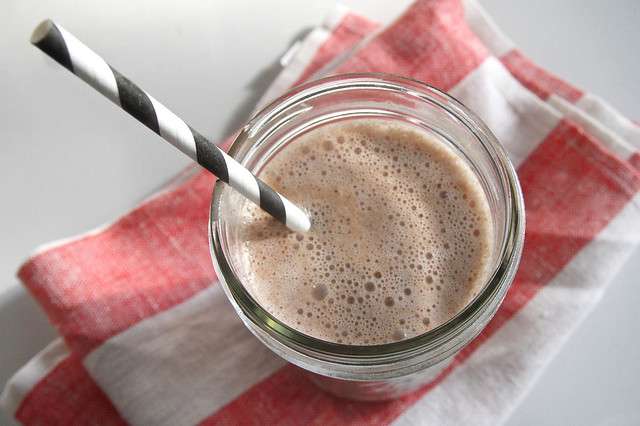
The holiday season has come and gone, and I find myself, as usual, having consumed more than my fair share of sweets. With the arrival of the New Year, I’m trying to cut back on sugary foods, but ice cream is one treat that’s not getting scratched from my list (it is in the dairy/protein family anyway, right?). Honestly, I find it hard to avoid most creamy-textured foods—which makes sense, since they’re often specifically engineered to be appealing.

The rich creaminess of ice cream makes it appealing both visually and texturally. Image Source: Flickr user gordonramsaysubmissions (CC BY 2.0)
Carrageenan is not an ingredient that pops up on most consumers’ radars when they check labels, yet it’s responsible for improving the texture and appearance of many of the food products they consume daily. Extracted from an edible red seaweed and converted into powdered form, this natural derivative is added to a variety of foods, from dairy products and beverages to processed meats1. And though carrageenan powder is white in appearance, it often remains undetectable thanks to carrageenan color analysis and instrumental quality control.



